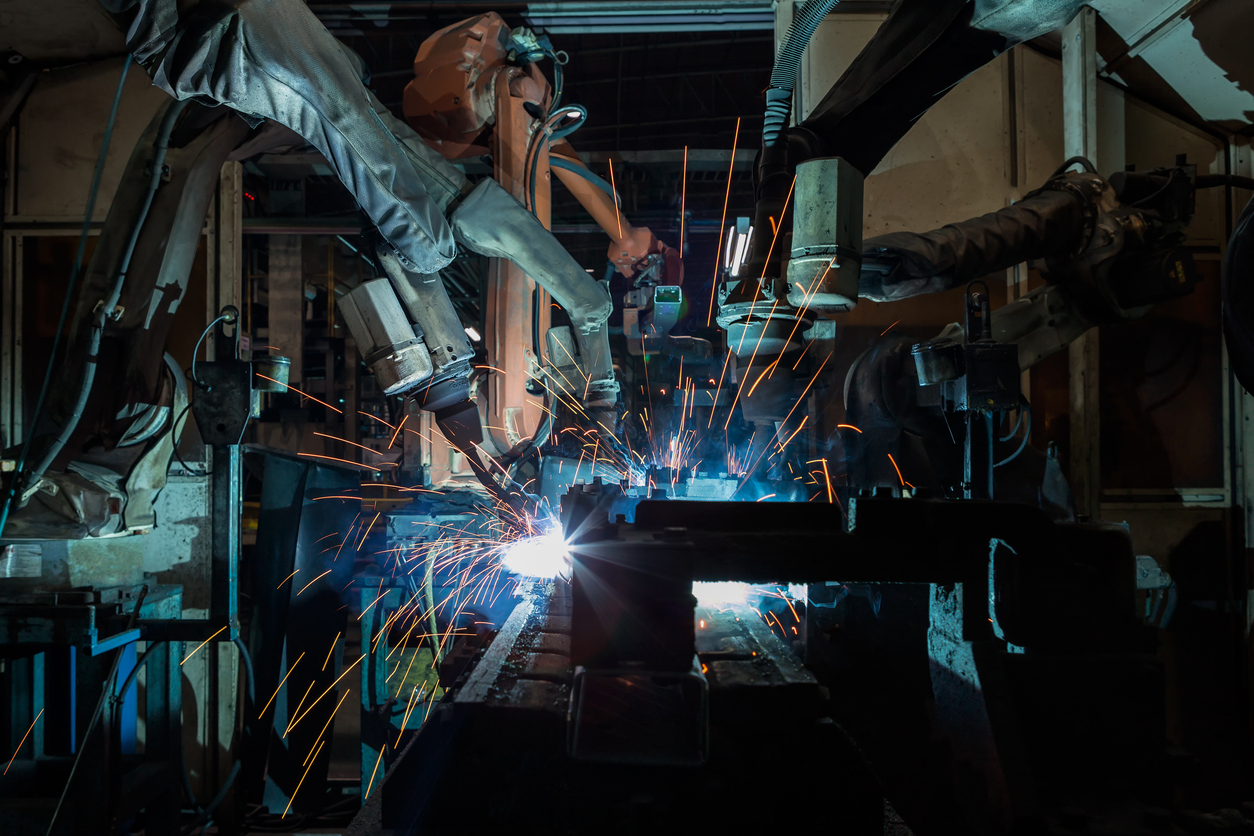
In the modern manufacturing world, human labor has long gone. Now robots are doing the heavy and unbearable work for human beings. Among them, robotic tools with end effectors have recently become widespread. They are used to implement the control functions, transfer, and movement in various industrial processes. Their main feature is that they don’t get tired. Robots can work around the clock without any human control. For their operation, only the installed program is needed according to which they will function.
What is it?
The robotic arm resembles a human arm. It has a shoulder representing a fixed base to which wrist, cubit, brush, and end effector are attached. An industrial robot is equipped with one or more hands and a control panel. Within their range, it can move heavy parts at speeds up to 1000 times per minute.
It’s superior to man in speed and accuracy in doing repetitive work. The operator controlling the robot monitors its actions on the screen or observes directly. Remote monitoring is possible thanks to the camera with which the robot arm is equipped. Often robots are able to learn because they are equipped with a special program. It can memorize the sequence of operations and then accurately reproduce them.
Control
- With the help of the special program.
- Adaptive management. In this case, touch devices are used. The received signals are analyzed after it the necessary action is already performed.
- Management is carried out by people but at a distance.
- A kind of artificial intelligence.
Usage
Industrial robots can be used almost everywhere. The level of automation has reached such heights nowadays that they can completely replace a man. In this case, one robot is able to replace the efforts of several and even dozens of specialists. The robot doesn’t know rest, it doesn’t need a salary, it doesn’t need to sleep and eat. Industrial robots with end effectors change the business. That’s why many manufacturers are trying to automate their manufacture today.
Industrial robots with end effectors are often used for:
- Resistance welding;
- Plasma cutting;
- Coloring;
- Casting metals;
- Applying varnish;
- Arc welding;
- Loading operations;
- Contactless processing;
- Transportation products;
- Machining;
- Packaging;
- Milling operations;
- Cutting materials;
- Measuring operations;
- Processing of large parts;
- Layouts laid products;
- The manufacture of bulk designs.
How to choose?
If you decide to equip your production with robots, you need to understand why you are buying them. Some types of robots are only intended to perform a specific technological operation, others can perform several at once. At the same time, the cost of the latter one can be much higher than the former. In addition, you must decide on the end effector — what type is suitable for your manufacture.
Industrial robots are technically sophisticated devices that require proper programming, configuration, and maintenance. Therefore, it is important to apply for a purchase to a company that can not only sell but also provides its full service.
If you don’t want to think about how to hook an industrial robot into a technological operation, how to connect and use it, then you should buy a robot with a turnkey service. Specialists of the selling company will select the robot for your requirements, bring, install, adjust the technological process, provide training and its service.